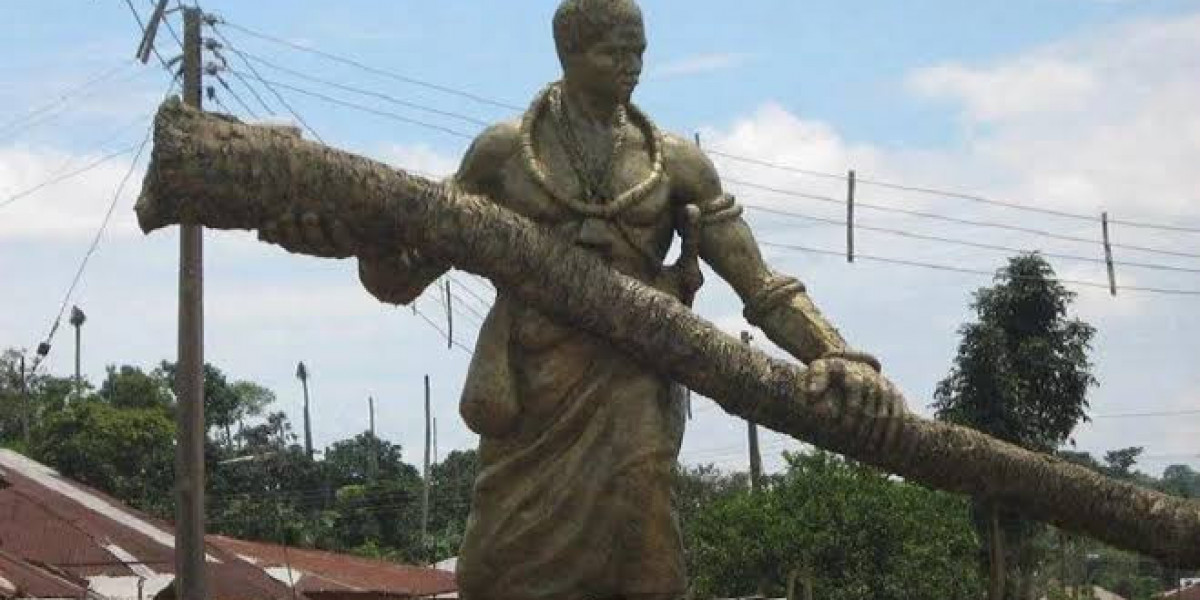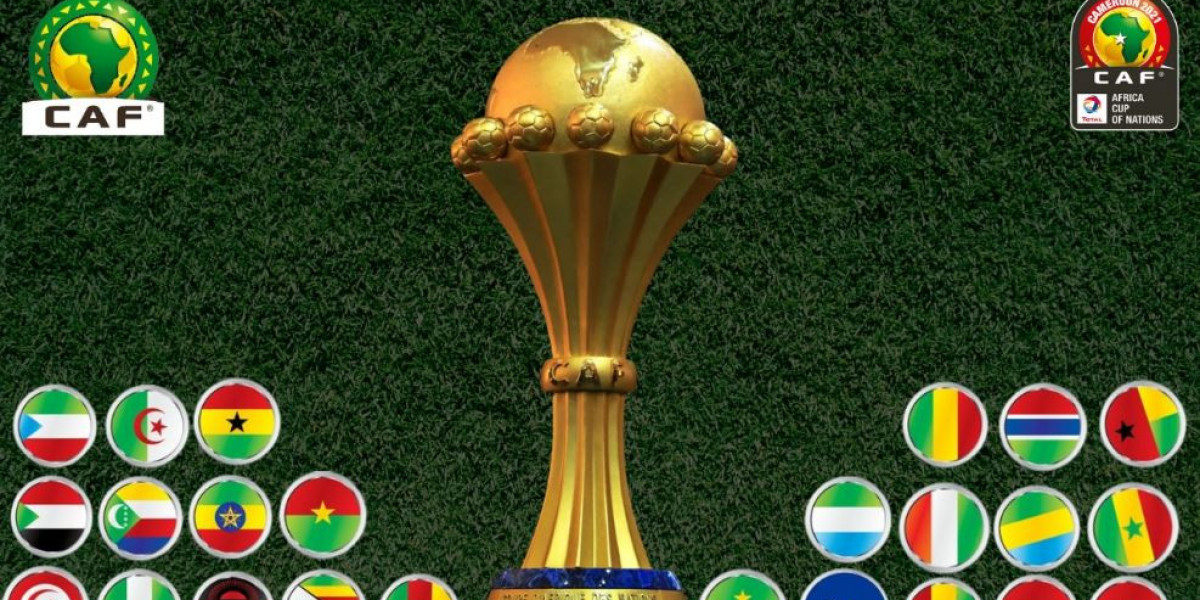The STORY OF ARUARAN Of Udo
Oloi Idia gave birth to her first son, Osawe (Oba Esigie) to Oba Ozolua. Prince Osawe was the third born son of Ozolua. The first son of Oba Ozolua was Aruanran (sometimes spelled Arhuanran), the son of Oloi Ohonmi who was born earlier in the day before Esigie. Yet, Esigie's birth was officially announced to the Oba before Ohonmi's son enabling him to claim second place. According to Edo oral history "because Idubor did not immediately cry at birth, Osawe who did, was reported first to the king, according to tradition. By the time Idubor cried, to enable the mother report his birth, the king had performed the proclamation rites of Osawe as first son." Despite this glaring fact, some critics of Iyoba Idia suspect she has a hand in her son Esigie's path to power by alluding to usurpations of the principle of primogeniture in which Idia was the central actor and beneficiary. "To switch the order of births in the royal palace in order to bring herself closer to power was no mean feat. It required political savvy, extensive political connections, phenomenal co-ordinations, and deep collusion with a network of critical actors—women ritual specialists in the palace, the Okaerie who trains the new iloi (royal wives' residence), the Eson or first wife whose duty is to manage the erie (palace), titled wives, the Ibiwe and other key palace chiefs such as the Uwangue and Osodin who looked after royal wives and their children, and cared for them when they were pregnant."When Oba Ozolua died in 1504, the Bini Kingdom was unleashed with a vicious struggle for power between his two eldest sons, the warrior giant Aruanran and the Portuguese-baptized Osawe.The fight ensued between Osawe and Aruanran only because the first son of Oba Ozolua, Ogidogbo, lost his obaship rights. He had fractured his leg in a competition with his two younger brothers, Aruanran and Esigie, and became a cripple (Egharevba 25). Although this tragedy was represented as an unfortunate mishap, a case of children competing against each other, many at the time saw Idia's hand behind it. For them, this surreptitious mode of altering physical reality from a supra physical level represents Idia's mode of fighting on two planes. It also signified her double-edged sword that could both create or wreak havoc.Idia's role in the nullification of the first son Ogidogbo was not lost on Aruanran whose enmity towards his brother (Esigie) intensified that he tried to assassinate him. A noted warrior and conqueror of the fierce town of Okhumwu, Aruanran was bigger and stronger, and could easily have trounced the weaker Esigie, whom Oba Ozolua had sent to attend the Portuguese mission school after his baptism (Ryder 1969, 50). Aruanran's assassination attempts could have succeeded were it not for Idia who was reputedly skilled in magical arts and whom he knew was a formidable opponent he had to overcome. Realizing he had to acquire supernatural powers if he wanted to take on Idia who was her son's spiritual protector, oral tradition recounts that Aruanran retreated to Uroho village to learn the art of black magic from an old sorceress, Iyenuroho (Okpewho) That he chose a woman as teacher is clear recognition that his opponent was a woman, and that he had to learn the ways of women's mystical powers to be assured of victory. We should note that it was Esigie's possible lack of combat experience, the result of having to attend the school of Portugese missionaries, rather that join his father in fighting wars.Refusing to accept defeat, who was also the Duke (Enogie) of Udo, Idubor Aruanran refused to accept subordinate role to his brother, Oba Esigie, and at first tried to make Udo the capital of Benin kingdom with himself as king. It did not take too long before the two brothers went to war. The war was difficult, bitter, and long drawn out. It was not until the third campaign that Udo was defeated. The third campaign was timed to coincide with the planting season when Udo citizen-soldiers, who were mainly farmers, would be busy on their farms. The Enogie´s only son, Oni-Oni, died in the battles. The Enogie of Udo committed suicide by drowning at the Udo lake after his defeat. He did not want to be captured prisoner and taken back to Benin. Before jumping into the lake, he left his ´Ivie necklace,´ the precious bead necklace symbol of authority in Benin land, dangling from a tree branch were it could be easily found. Only the Oba could inherit such trophies of dead or conquered leaders and nobles, so, out of excitement over his victory, he tried on his neck for size, his brother´s humble surrender necklace symbol. He became mentally disoriented immediately he put the necklace on his neck. Removing the necklace from his neck did not make any difference, so he was rushed back to Benin City in that hopeless state.His mother, Idia, immediately located a Yoruba Babalawo (mystic) at Ugbo/Ilaje, in the riverine area, and brought him to Benin to work on the king´s spiritual ailment. He cured the Oba of his ailment, and the Queen after rewarding him generously, prevailed on him, (the Yoruba Awo), to settle permanently in Benin to continue to render his services. He set up home at Ogbelaka quarters where his descendants have thrived until this day.



